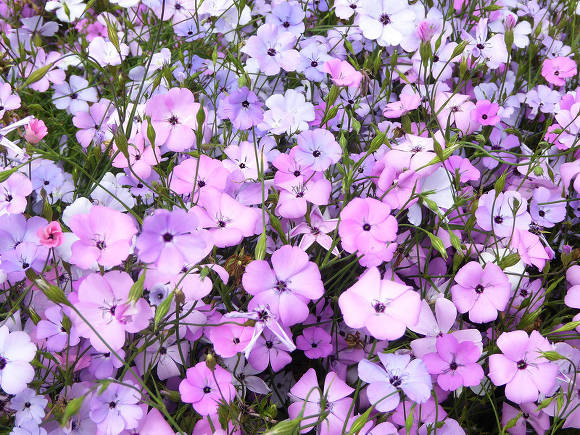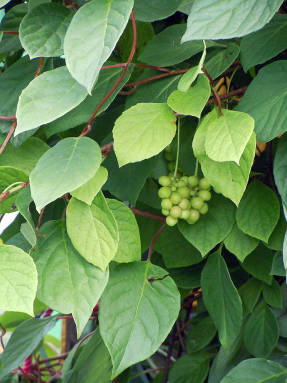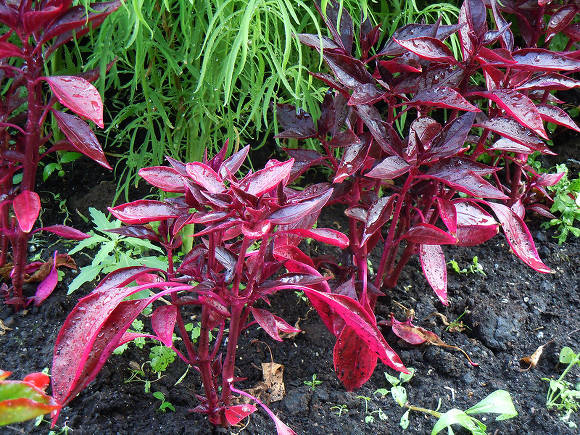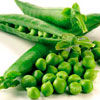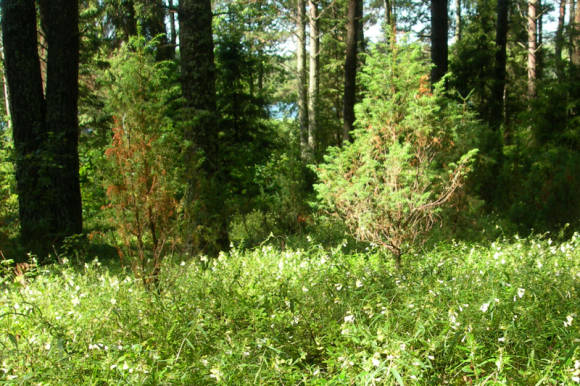|
 Plants that stand out for their size, for example, dwarf or very large, attract everyone's attention. The latter include astilboides (Astilboides). This plant is the closest relative of the Rogers, moreover, it was originally described under this generic name. But Astilboides is quite different from the real Rogers, and therefore it was rightly singled out into a special genus. The genus Astilboides is monotypic, that is, it contains only one species astilboides lamellar(Astilboides tabularis). Just like Rogers, it is distributed in Northeast China and in the north of Korea. It grows along the edges of forests and in ravines.
Plants that stand out for their size, for example, dwarf or very large, attract everyone's attention. The latter include astilboides (Astilboides). This plant is the closest relative of the Rogers, moreover, it was originally described under this generic name. But Astilboides is quite different from the real Rogers, and therefore it was rightly singled out into a special genus. The genus Astilboides is monotypic, that is, it contains only one species astilboides lamellar(Astilboides tabularis). Just like Rogers, it is distributed in Northeast China and in the north of Korea. It grows along the edges of forests and in ravines.
The rhizome is horizontal, thick, creeping, with large buds at the ends of the branches. This plant does not shine with the beauty of flowers, but amazes with its corymbose leaves on thick long petioles up to 1.2 m long. The leaf blade can reach 1–1.5 m in diameter, funnel-shaped, almost round in outline, with large teeth at the edges. The flowers are medium-sized, white or slightly creamy, collected in small terminal drooping panicles. In the shape of the inflorescence, astilboides is very similar to astilbe, which explains the origin of its generic name. It blooms in the second half of summer from late July to early September. The fruits ripen in September.
Astilboides deserves the widest possible introduction into the practice of landscaping. It can be grown as a stand-alone group or as a background plant. Prefers shade. It develops quite well under the canopy of trees with a deep root system. The soil is better rich, rather loose, moist. In summer it suffers from drought. It grows in one place for a very long time, grows relatively slowly.
Easily multiplies by dividing the bush (parts of lateral branches with buds). To obtain bulk material, it is better to grow from seeds. Seeds can be sown in winter under snow or in spring. In the first year forms a rather large leaf up to 7–10 cm long, but, unlike an adult plant, it is not corymbose, but ovoid, with a petiole extending from the basal part of the plate. In subsequent years, the place of origin of the petiole shifts to the center of the lower side of the leaf. To obtain larger plants, it is advisable to add compost or rich soil to the soil during planting and in subsequent years.




